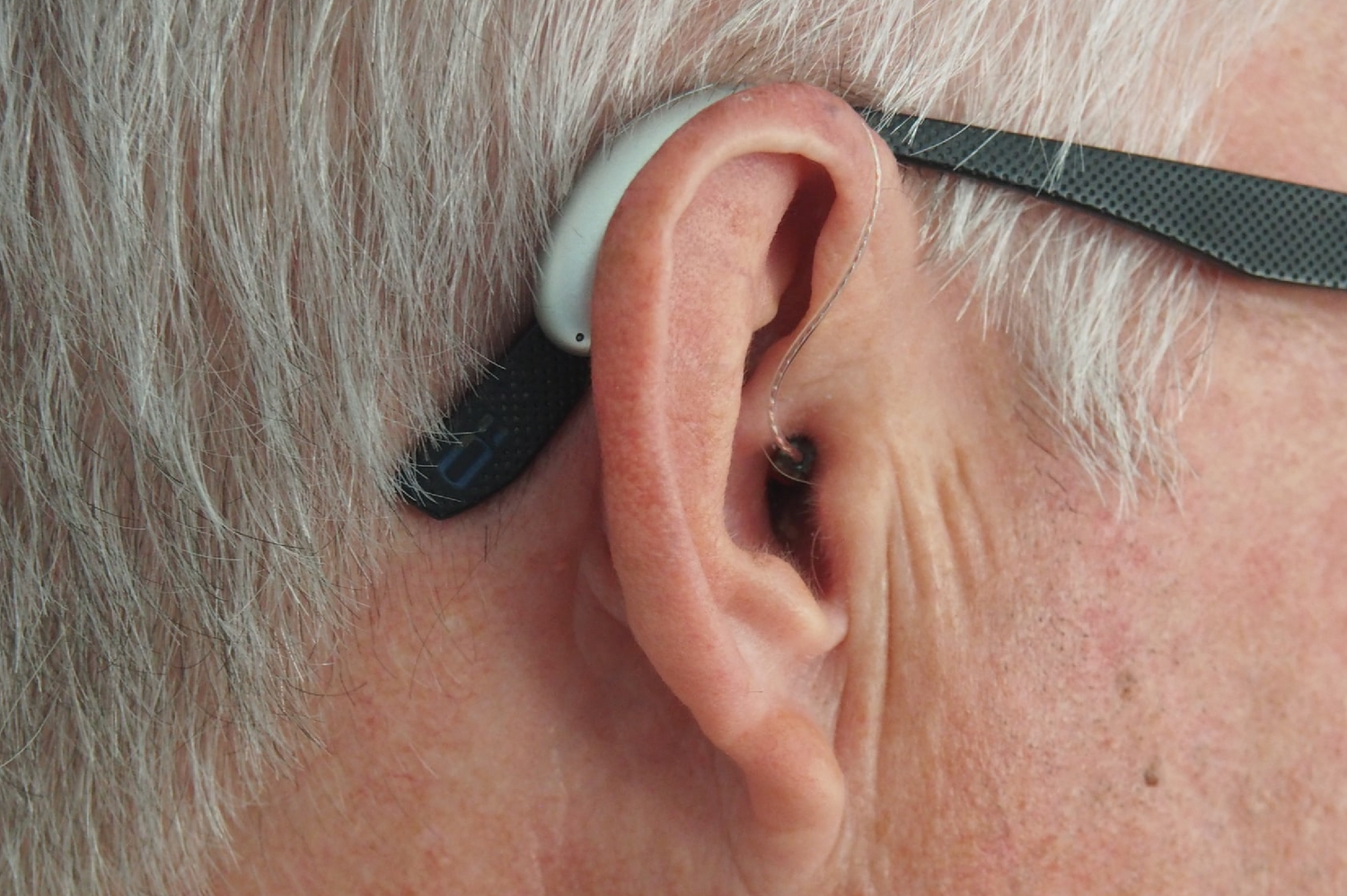Hearing loss affects millions of individuals worldwide, hindering effective communication and participation in daily activities. Technological advancements have led to the development of hearing amplifiers and hearing aids as solutions for individuals with hearing impairments. Although these terms are sometimes used interchangeably, it is crucial to recognize their distinct purposes and features. This article aims to clarify the differences between hearing amplifiers and hearing aids, highlighting their functionalities, benefits, and limitations.
Hearing Amplifiers:
Hearing amplifiers primarily amplify sound, providing a simple solution for individuals with mild to moderate hearing loss. However, they lack advanced sound processing capabilities found in hearing aids. While they can enhance listening experiences and are cost-effective alternatives, they have limitations such as a lack of customization, insufficient noise reduction, and potential feedback issues.
Hearing Aids:
Hearing aids offer advanced features including sound amplification, sound processing, noise reduction, speech enhancement, and customizable programming. They cater to a broader range of hearing loss levels and provide improved speech understanding. Hearing aids are compatible with assistive listening devices but are generally more expensive. They require batteries or recharging, regular maintenance, and occasional adjustments.
Choosing the Right Solution:
When selecting between hearing amplifiers and hearing aids, several factors should be considered. These include the degree and type of hearing loss, lifestyle and communication needs, budget, cosmetic preferences, and professional guidance. Consulting with an audiologist or hearing healthcare professional is essential to determine the most suitable device that meets individual requirements.
Conclusion:
Hearing amplifiers and hearing aids have distinct functionalities and target user profiles. While hearing amplifiers are suitable for mild to moderate hearing loss and offer enhanced listening experiences at a lower cost, hearing aids provide advanced features and cater to a broader range of hearing loss levels. Considering factors such as the degree of hearing loss, lifestyle, and budget will aid in choosing the most appropriate solution. By understanding the differences between hearing amplifiers and hearing aids, individuals can make informed decisions to enhance their hearing abilities and improve their overall quality of life.
Hearing Amplifiers:
Hearing amplifiers primarily amplify sound, providing a simple solution for individuals with mild to moderate hearing loss. However, they lack advanced sound processing capabilities found in hearing aids. While they can enhance listening experiences and are cost-effective alternatives, they have limitations such as a lack of customization, insufficient noise reduction, and potential feedback issues.
Hearing Aids:
Hearing aids offer advanced features including sound amplification, sound processing, noise reduction, speech enhancement, and customizable programming. They cater to a broader range of hearing loss levels and provide improved speech understanding. Hearing aids are compatible with assistive listening devices but are generally more expensive. They require batteries or recharging, regular maintenance, and occasional adjustments.
Choosing the Right Solution:
When selecting between hearing amplifiers and hearing aids, several factors should be considered. These include the degree and type of hearing loss, lifestyle and communication needs, budget, cosmetic preferences, and professional guidance. Consulting with an audiologist or hearing healthcare professional is essential to determine the most suitable device that meets individual requirements.
Conclusion:
Hearing amplifiers and hearing aids have distinct functionalities and target user profiles. While hearing amplifiers are suitable for mild to moderate hearing loss and offer enhanced listening experiences at a lower cost, hearing aids provide advanced features and cater to a broader range of hearing loss levels. Considering factors such as the degree of hearing loss, lifestyle, and budget will aid in choosing the most appropriate solution. By understanding the differences between hearing amplifiers and hearing aids, individuals can make informed decisions to enhance their hearing abilities and improve their overall quality of life.




Leave a comment
This site is protected by hCaptcha and the hCaptcha Privacy Policy and Terms of Service apply.